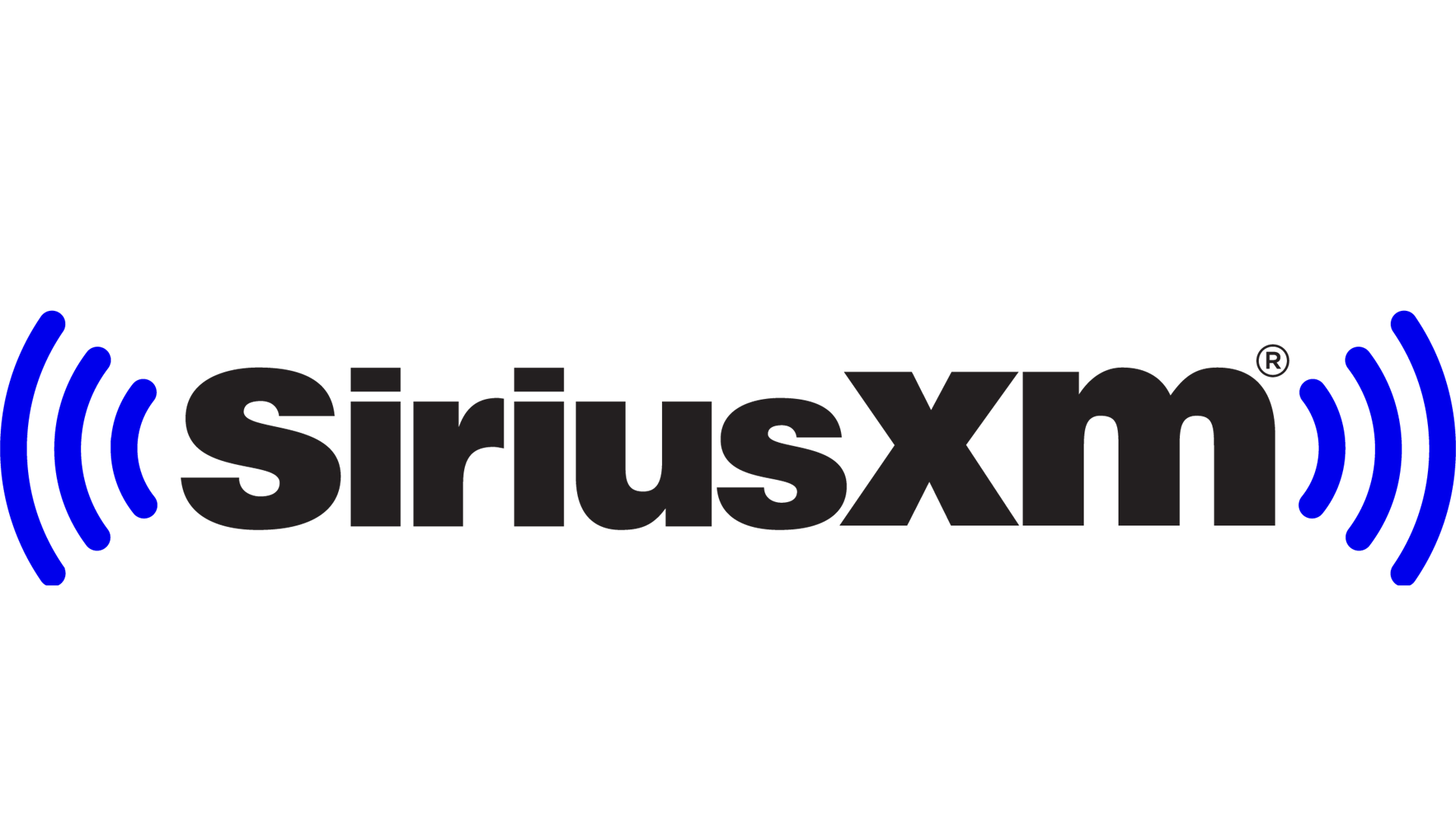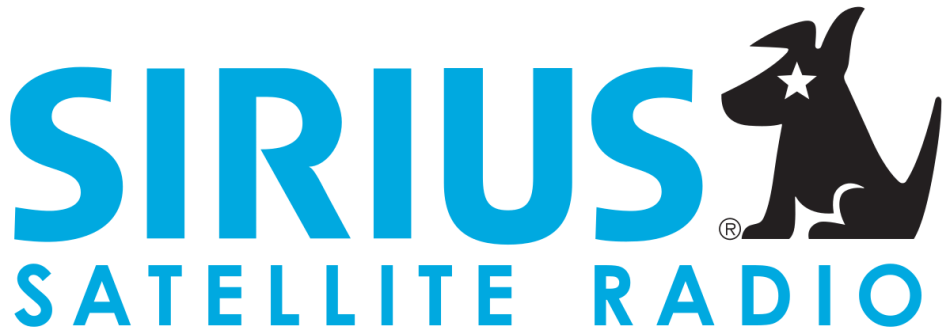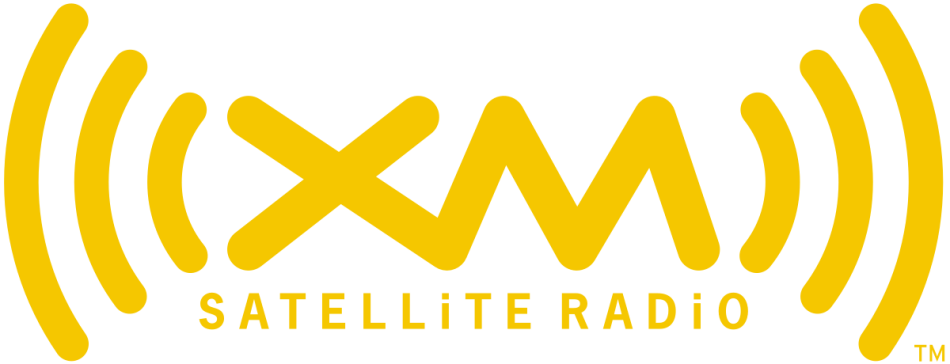
Back to selection

Supplier
SiriusXM
SiriusXM Radio, Inc.
1221 Ave of the Americas
37th Floor
New York NY 20020
USA
SiriusXM is an USA-based broadcasting company that was formed in 2008 when Sirius Satellite Radio and XM Satellite Radio merged into one company named SiriusXM Radio. The company owns a constellation of GEO satellites dedicated for radio broadcasting and is headquartered in Midtown New York City. Since August 2021 SiriusXM had approximately 35 million subscribers.
The company is a wholly owned subsidiary of Sirius Holdings, Inc. that was incorporated in May 2013. Sirius is also owner of the streaming music service Pandora and Stitcher.
SiriusXM also has a 70% equity interest in Sirius XM Canada, an affiliate company providing radio and music services in Canada
As per May 2022 the company has six active and functional satellites in orbit: XM-3 and XM-4, two Sirius FM-5 and FM-6, and two supporting both systems (one being a spare).
Sirius XM Radio is also a primary entry point for the Emergency Alert System (EAS), a national warning system in the USA designed to allow authorized officials to broadcast emergency alerts and warning messages to the public via cable, satellite, or broadcast television, and both AM/FM and satellite radio.
Company History
SiriusXM was founded in 2008 by the merger of Sirius Satellite Radio, founded by Martine Rothblatt and David Margolese, and XM Satellite Radio that originates from 1988 and founded by Lon Levin and Gary Parsons. The FCC (Federal Communications Commission) approved the merger in July 2008, and created a company that had 18,5 million subscribers. The deal was valued 3.3 billion USD.


Before the merge in 2008, XM Satellite Radio had four satellites in orbit, XM-1, -2, -3 and -4, all build by Hughes Space and Communications, Inc. (Boeing Satellite Systems, Inc.). The XM-1 and XM-2 satellites were orbited in March and May 2000 by launch operator SeaLaunch using their Odyssey floating launch platform.
Sirius Satellite Radio operated three satellites before the merge. In 2008 Sirius FM-1, -2, -3 and Sirius FM-4 as a ground spare that was donated in 2012 to the Smithsonian Air and Space Museum in Washington DC. The FM satellite constellation was launched on Proton rockets operated by ILS in Kazachstan.
On June 17th, 2009, an application for use on Apple’s iPhone and iPod Touch was introduced, allowing its subscribers to listen to its programming on those devices. The application did not feature all of the programming available to satellite listeners. On March 17th, 2011, the application was also made available for the iPad.
In August 2011 the company started offering a personalized interactive online radio experience. MySXM debuted on April 15th, 2013, allowing users to fine-tune over 50 existing Sirius XM channels.
In February 2010, the Sirius XM BlackBerry application was announced, for use on BlackBerry smartphones (the Bold, Curve, Storm, and Tour) and in May the application for Android smartphones was introduced. As of April 2013, the app featured over 150 channels.
On October 14th, 2010 the XM-5 satellite was orbited with a Proton M launcher operated by ILS from the Cosmodrome launch site in Kazachstan. The satellite was capable of broadcasting to either service. XM-5 still serves as the in-orbit spare for the entire system and can function in place of either a Sirius or XM satellite.
In October 2012 the Sirius FM-4 Broadcasting Satellite was donated to the Smithsonian’s National Air and Space Museum in Washington DC, USA.
On October 25th, 2013, FM6 was successfully launched on a Proton K launch vehicle operated by launch operator ILS from the launch base in Kazachstan. The satellite was declared ready for service on December 2nd, 2013. The satellite initially served as an in-orbit spare while the company worked to deploy repeaters for the Sirius side, which were needed to transition to full geostationary orbit operation.
In 2016, FM-6 was put into active service and officially replaced Sirius originals FM-1 through FM-3 which operated in elliptical orbit. FM-1 through FM-3 were later placed into disposal orbits. With this change, FM-5 and FM-6 exclusively served the Sirius service, mirroring XM-3 and XM-4.
In 2016 the company ordered two new satellites, SXM-7 and SXM-8 to replace XM-3 and XM-4, with Space Systems/Loral (aka Maxar Technologies). Both satellites had the capability to deliver either Sirius or XM content to radio receivers.
In October 2017, SiriusXM radio stations were available for streaming via custom apps on a variety of connected devices including Amazon Alexa and Fire TV, Sonos, PlayStation, Roku, and smart TVs.
In May 2018, SiriusXM unveiled a new look for both the desktop web player and the mobile apps. The MySXM feature, including all the custom mixes that listeners saved over time, was removed. SiriusXM claims that they’re working on a more personalized feature that will release in the upcoming months.
In February 2019 SiriusXM later expanded their internet and mobile platforms by acquiring music streaming services Pandora and became the largest audio entertainment company in North America.
On December 13th, 2020 the SXM-7 satellite was launched on a Falcon 9 rocket operated by launch operator SpaceX. The satellite failed during preliminary in-orbit tests and after being successfully placed into orbit.
On June 6th, 2021 SXM-8 was launched on June 6th, 2021 on SpaceX’ Falcon 9 launcher after a delay due to the failure of SXM-7.
In August 2021 SiriusXM ordered two new satellites, SXM-9 and SXM-10 with preferred manufacturer Maxar Technologies in the USA, for launch in 2024.
In June 2022, SiriusXM streaming was added to Xfinity customers using the cable provider’s X1, Xfinity Flex, and XClass TV platforms.
In December 2022 the company placed an order for two additional satellites with Maxar Technologies to build the SXM-11 and SXM-12. The satellites will be twin high-powered digital audio radio satellites, built on Maxar’s proven 1300-class platform at the manufacturing facilities in Palo Alto and San Jose, California and will be used for coverage of Canada and Alaska.
On December 5th 2024 SpaceX’ Falcon rocket launched Sirius SXM-9 satellite from the Kennedy Space Center in Florida, USA. The SXM-9 broadcast satellite will be the same dimensions and features as the SXM-8 spacecraft with a 9m (29.5 ft) diameter unfurl able reflector antenna, manufactured by USA-based L3Harris Technologies.
| Satellite | Mission | Launch Date | Launcher | Launch Operator |
| XM-1 (Roll) (defunct) | May 08th, 2001 | Zenit 3SL | SeaLaunch RUS/USA | |
| XM-2 (Rock) (defunct) | Mar 18th, 2001 | Zenit 3SL | SeaLaunch RUS/USA | |
| XM-3 (Rhythm) | Feb 28th, 2005 | Zenit 3SL | SeaLaunch RUS/USA | |
| XM-4 (Blues) | Oct 30th, 2006 | Zenit 3SL | SeaLaunch RUS/USA | |
| XM-5 | Oct 14th, 2010 | Proton M | ILS KAZ | |
| Sirius FM-1 (defunct) | June 30th, 2000 | Proton K | ILS KAZ | |
| Sirius FM-2 (defunct) | Sept 05th, 2000 | Proton K | ILS KAZ | |
| Sirius FM-3 (defunct) | Nov 30th, 2000 | Proton K | ILS KAZ | |
| Sirius FM-4 | ground spare | |||
| Sirius FM-5 | June 30th, 2009 | Falcon 9 | SpaceX USA | |
| Sirius FM-6 | Oct 25th, 2013 | Falcon 9 | SpaceX USA | |
| SXM-7 (lost) | Dec 13th, 2020 | Falcon 9 | SpaceX USA | |
| SXM-8 | June 06th, 2021 | Falcon 9 | SpaceX USA | |
| SXM-9 | Dec 05th, 2024 | Falcon 9 | SpaceX USA | |
| SXM-10 | 2024 | |||
| SXM-11 | 2026/27 | |||
| SXM-12 | 2026/27 |
All trademarks, logos and images mentioned and showed on this page are property of their respective owners.
Resources
www.siriusxm.com
www.pandora.com
www.wikipedia.org
www.maxar.com
www.astronautix.com
www.airandspace.si.edu
www.cnbc.com edition January 27th, 2021
www.thedesk.com edition August 6th, 2021
www.space.skyrocket.de
www.boeing.com
www.spaceflightnow.com
www.satcomdigital.com edition December 2nd, 2022
www.spacenews.com edition November 29th, 2022
www.businesswire.com
www.satellitetoday.com edition November 30th, 2022
www.spaceflightnow.com edition December 5th, 2024

Supplier
SiriusXM
SiriusXM Radio, Inc.
1221 Ave of the Americas
37th Floor
New York NY 20020
USA
Satellite fleet by SiriusXM
| Spacecraft | Country | |||
| Sirius FM-1 (Radiosat-1)GEO | - | SiriusXM |  | Broadcasting |
| Sirius FM-2 (Radiosat-2)GEO | - | SiriusXM |  | Broadcasting |
| Sirius FM-5 (Radiosat-5)GEO | 82.2° West | SiriusXM |  | Broadcasting |
| Sirius FM-6 (Radiosat-6)GEO | 116° West | SiriusXM |  | Broadcasting |
| SXM-10GEO | 116.2° West | SiriusXM |  | Broadcasting |
| SXM-5GEO | 115° West | SiriusXM |  | Broadcasting |
| SXM-7GEO | 85° West | SiriusXM |  | Broadcasting |
| SXM-8GEO | 85° West | SiriusXM |  | Broadcasting |
| SXM-9GEO | 85° West | SiriusXM |  | Broadcasting |